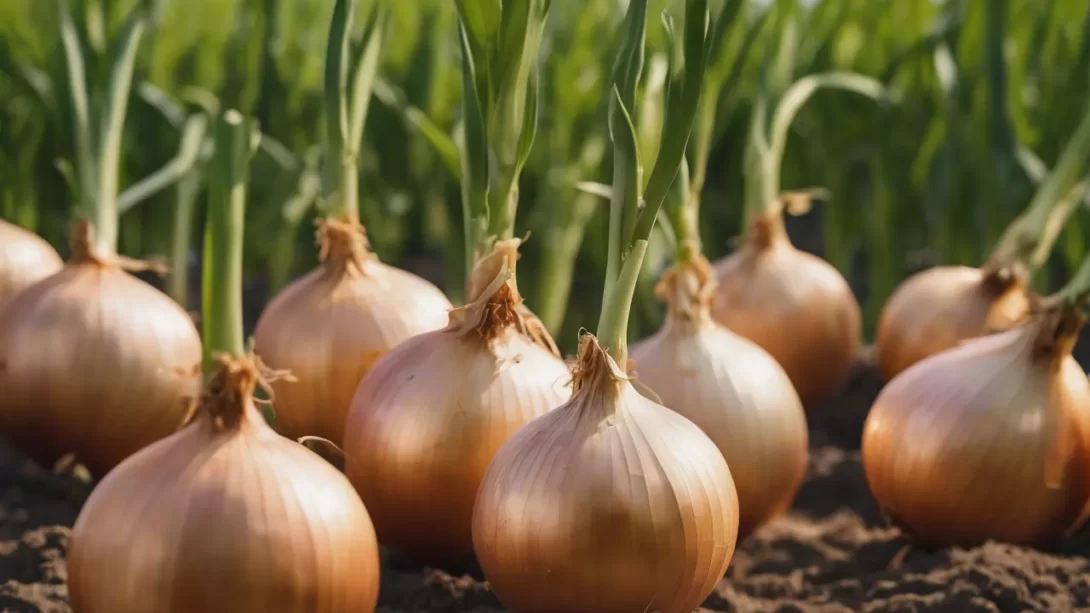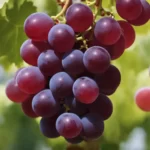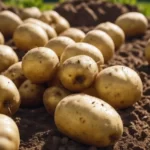Onions are a staple in many kitchens, and growing them at home can be a rewarding experience. In Ohio, the success of your onion crop largely hinges on planting at the right time. This article will guide you through the best practices for planting onions in Ohio, taking into account the state’s unique climate conditions.
Ohio’s Climate
Ohio’s climate is classified as humid continental, which means it experiences four distinct seasons. Spring and fall are generally mild, while summers can be warm and winters quite cold. This variation in temperature and weather conditions plays a crucial role in determining the optimal planting times for various crops, including onions.
Ohio is divided into several climate zones, each with its own specific gardening calendar. The northern part of the state experiences colder temperatures compared to the southern regions. Therefore, understanding your specific zone is key to timing your onion planting correctly.
Best Time for Planting Onions in Ohio
In Ohio, the ideal time to plant onions varies depending on the type of onion and your specific location within the state. Generally, onion planting can begin as early as late March to early April. This timing is crucial, as onions require a long growing season and need to be established before the heat of the summer sets in.
For spring onions, which are harvested young for their milder flavor, planting can start as soon as the soil is workable in early spring. These varieties tend to grow quickly and can be harvested in late spring or early summer.
Storage onions, on the other hand, require a longer growing period. Planting these varieties in early to mid-April is ideal. This timing allows them to develop fully by late summer or early fall, just in time for storage.
Choosing the Right Onion Variety
Selecting the appropriate onion variety is crucial for a successful harvest in Ohio. Varieties are typically categorized based on their daylight needs: short-day, intermediate-day, and long-day onions. In Ohio, long-day onions are generally the best choice due to the longer daylight hours during the growing season.
Popular long-day onion varieties for Ohio include ‘Walla Walla’, ‘Yellow Sweet Spanish’, and ‘Copra’. These varieties are well-suited to Ohio’s climate and are known for their good storage potential and robust flavors. Intermediate-day onions can also be successful in some parts of Ohio, especially in the southern regions.
Preparing for Planting
Before planting onions, it’s important to prepare the soil properly. Onions prefer well-drained, fertile soil with a pH between 6.0 and 7.0. Adding organic matter, such as compost, can improve soil fertility and texture. It’s also beneficial to conduct a soil test beforehand to tailor soil amendments to your garden’s specific needs.
Choose a planting site that receives full sun, as onions require plenty of sunlight for optimal growth. Proper spacing is also key. Plan to space onion sets or seeds about 4 to 6 inches apart in rows that are 12 to 18 inches apart. This spacing allows enough room for the onions to develop fully.
Planting Techniques
Planting onions in Ohio begins with either sets, transplants, or seeds. Onion sets, which are small, dormant bulbs, are the most popular choice due to their ease of planting and shorter growing time. To plant onion sets, simply press them into the prepared soil so that the tip is just at the surface.
If you’re starting with seeds, consider beginning indoors about 6 weeks before the last expected frost date. Transplant the seedlings outdoors when they are several inches tall and the danger of frost has passed.
Watering is crucial immediately after planting to help establish the onions. However, be careful not to overwater, as onions are susceptible to rot in overly wet conditions. A consistent watering schedule, providing about an inch of water per week, is ideal.
Caring for Onion Plants
Once your onions are planted, regular care is essential for a bountiful harvest. Onions have shallow root systems, making them susceptible to weed competition. Regular weeding is important to ensure your onions aren’t competing for nutrients and water. Mulching around the plants can help retain soil moisture and suppress weeds.
Fertilizing is another key aspect of onion care. A balanced fertilizer, high in nitrogen, can be applied a few weeks after planting and periodically throughout the growing season. Be cautious not to over-fertilize, as this can lead to lush foliage at the expense of bulb development.
Onions are generally hardy, but they can be affected by pests like onion thrips and diseases such as onion blight. Regular monitoring and implementing organic or chemical controls, as necessary, can help keep these problems at bay.
Harvesting and Storing Onions
Onions are ready to harvest when their tops begin to fall over and yellow, typically in late summer or early fall. For storage onions, it’s important to allow them to cure. This involves leaving them on the soil surface for a few days to dry, followed by storing them in a cool, dry place with good air circulation.
Harvest spring onions whenever they’ve reached a usable size. These onions are not meant for long-term storage and should be used relatively quickly after harvest.
Conclusion
Planting onions in Ohio requires understanding the state’s climate, choosing the right variety, and providing appropriate care throughout the growing season. With the right timing, preparation, and care, you can enjoy a fruitful onion harvest from your own garden. Whether you’re a beginner or an experienced gardener, growing onions can be a rewarding addition to your gardening endeavors.




